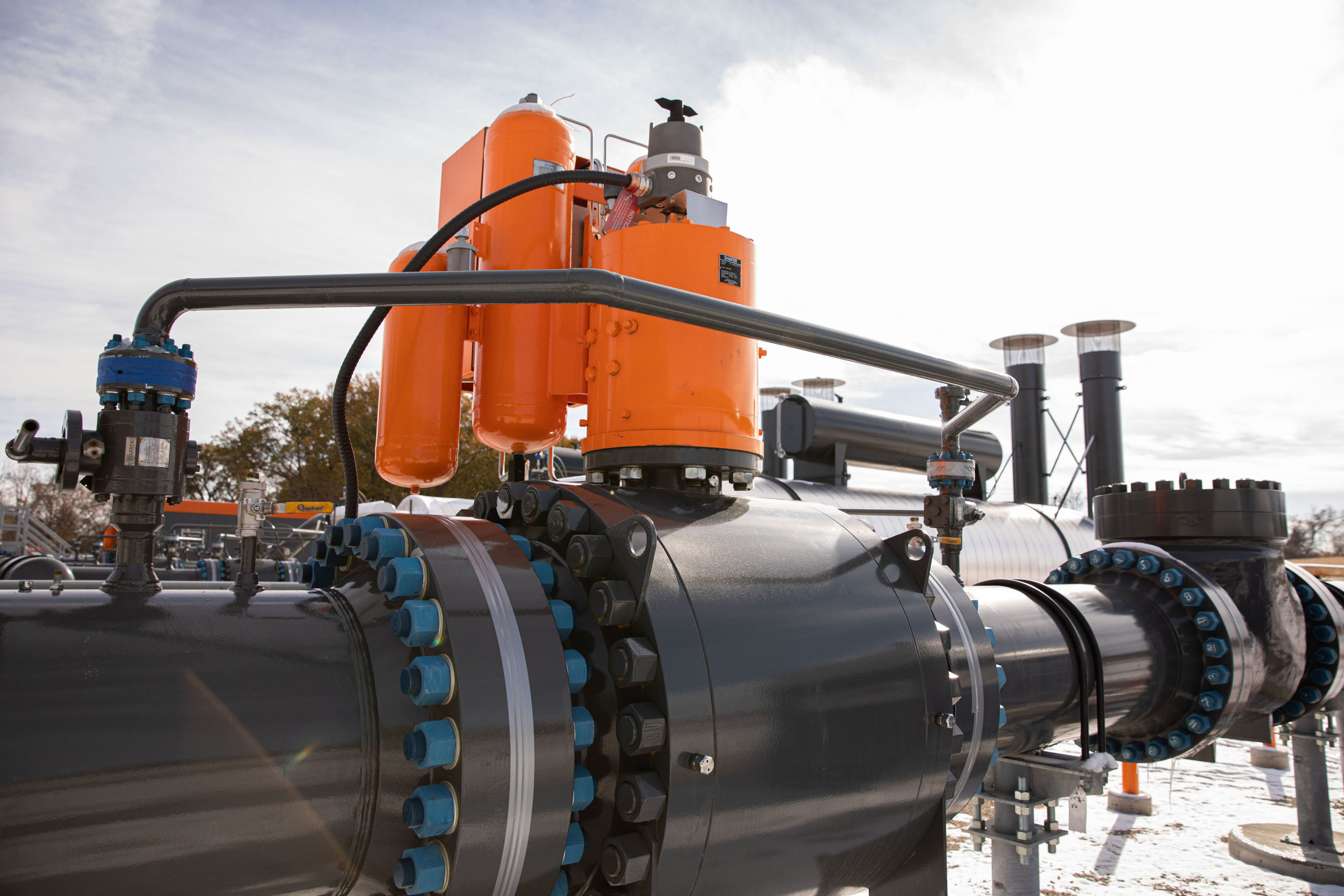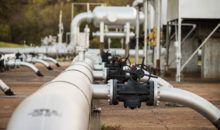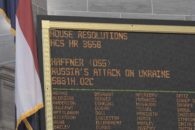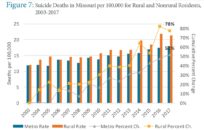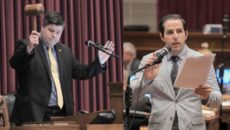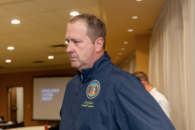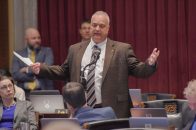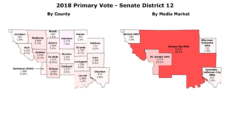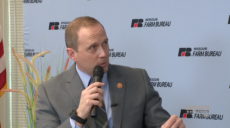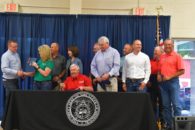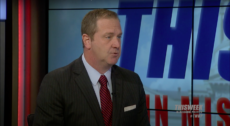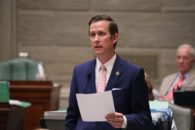Spectators and stakeholders alike are watching the Spire STL Pipeline case as the possibility of a shutdown looms, with many questioning the impact it will have on customers in the eastern part of the state as winter weather descends.
“Our goal as the utility is to remind everyone how critical this is to our needs and the risk it creates for our operations and our customers should that pipeline shut down,” Spire Missouri President Scott Carter previously told The Missouri Times. “This pipeline has been valuable to us as an operator and especially to our customers. Our role in all this is to make sure we serve our customers and make sure we can bring them natural gas at the best cost possible — that’s our focus as we go through this process.”
Here’s a look at the basics of the pipeline, the situation it finds itself in, and what may come next.
What is the pipeline?
The 65-mile interstate pipeline runs from the Rockies Express Pipeline in Scott County, Illinois, through Greene and Jersey counties before entering Missouri in the St. Louis area. It connects with Laclede Gas facilities before ending at the Enable Mississippi River Transmission Line in St. Louis County.
The pipeline was approved by the Federal Energy Commission (FERC) in 2018 and began delivering natural gas services to customers in 2019. Despite controversy and legal challenges, the pipeline remains in place for the time being.
The pipeline provides service to 650,000 households and businesses, according to Spire, with a majority of those customers at risk of service interruptions if the system were taken offline due to their distance from other natural gas sources.
Spire has touted the pipeline as a vital part of their system for customers in the St. Louis region, pointing to its service to customers during February’s cold weather event and arguing its existence mitigated the impact on customers’ bills by nearly 10 percent compared to the western part of the state.
What’s happening?
The fate of the pipeline is in flux after a federal court remanded FERC’s approval of the pipeline in June, sending its approval back to FERC for reconsideration. The court sided with the Environmental Defense Fund, a national non-profit advocacy group, which sued FERC for allegedly neglecting the environmental cost of the project when considering its approval.
Spire pursued both legal and regulatory solutions to keep the pipeline operational as winter approaches. The U.S. Supreme Court is considering a request to review the appellate court’s decision, and FERC approved an emergency certificate in September allowing the system to stay online through Dec. 13.
With the certificate’s sunset date fast approaching, stakeholders are urging FERC to extend the emergency order through the winter months while preparing to fall back on contingency plans for customers, a request supported by Missouri’s Republican representation in Congress.
FERC is scheduled to consider the extension to the emergency certificate during its Thursday agenda meeting.
What is the impact if it is shut down?
If the system were taken offline, Spire estimated 175,000-400,000 Spire Missouri customers would be left without service. If outages were to reach the upper end of the estimate, Spire said it could take up to 100 days to provide service to all affected customers. Carter also warned of the possibility of devastating outages for the area if another cold snap were to grip the Midwest.
Spire warned St. Louis area customers in a recent email they may be asked to conserve energy by reducing their use of natural gas and turning down their thermostats this winter if the pipeline were shut down, a move criticized by EDF as creating “panic and fear throughout the St. Louis region.”

Cameron Gerber studied journalism at Lincoln University. Prior to Lincoln, he earned an associate’s degree from State Fair Community College. Cameron is a native of Eldon, Missouri.
Contact Cameron at cameron@themissouritimes.com.

